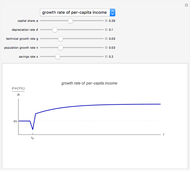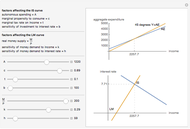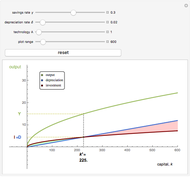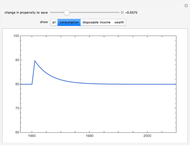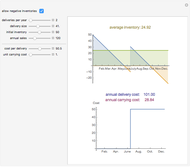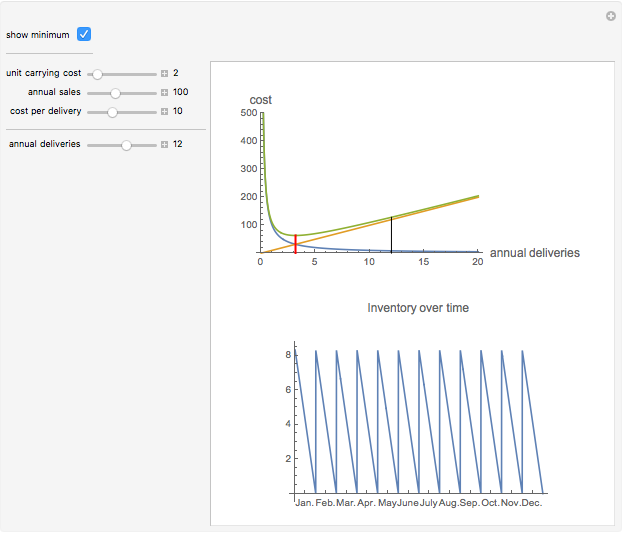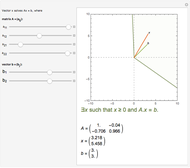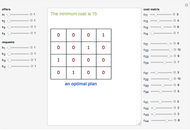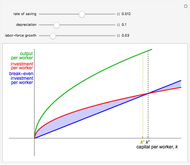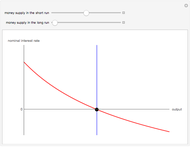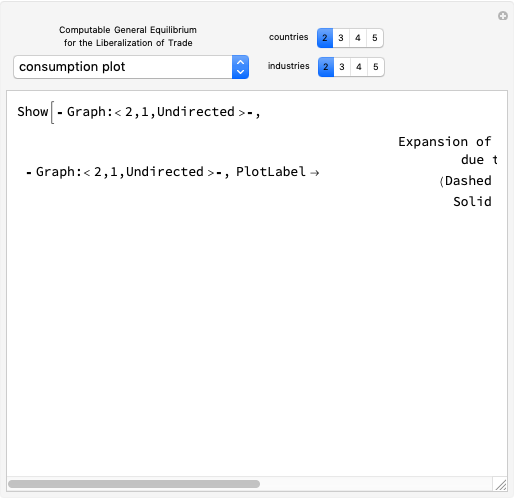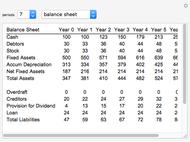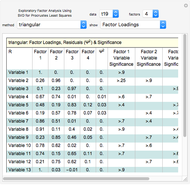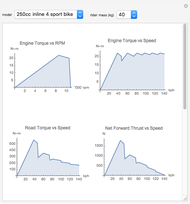Computable General Equilibrium (CGE) of Multiregion Input-Output Model

Requires a Wolfram Notebook System
Interact on desktop, mobile and cloud with the free Wolfram Player or other Wolfram Language products.
This Demonstration is a neoclassical computable general equilibrium (CGE) model that shows how economic growth occurs with the liberalization of trade.
Contributed by: Stuart Nettleton (June 2011)
Open content licensed under CC BY-NC-SA
Snapshots
Details
David Ricardo (1817) [3] proposed that economic welfare (as measured by domestic consumption) would grow through international trade as a result of participating countries specializing in their respective comparative advantages. Neoclassical economists have developed computable general equilibrium (CGE) models of markets for situations where demand and supply are interdependent in order to analyze growth through trade and the benefits of trade agreements. Paul Samuelson [4] showed that optimization could be used to solve such models, in particular John Von Neumann's economic equations developed in 1938. Recently multiregional input-output models have become popular as networked production functions for use in solving the dynamics of growth through trade. ten Raa [5] originated a new type of input-output model based on the make minus use tables, which are prepared as part of constructing an input-output table.
This Demonstration shows the dynamics of growth through trade. Net make less use tables for economies in the Demonstration are randomly generated. The model is relatively simple, being only for one year, having labor as the sole factor of production, and excluding the usual aspects of capital, investment, and total factor productivity growth, as well as more recent considerations such as the asset intensity of production, balance of payments limits, and intertemporal environmental economic-geophysical interactions (such as global warming effects). However, the model is quite sophisticated in implementing tableau networked production functions across multiple industries in multiple countries, all interconnected by trade, settled simultaneously in volume and price through linear programming.
References
[1] S. J. Nettleton, "Benchmarking Climate Change Strategies under Constrained Resource Usage," Ph.D. dissertation, University of Technology Sydney, February 2010, Australian Digital Theses Program.
[2] S. J. Nettleton, "The Service Science of Climate Change Policy Analysis: Applying the Spatial Climate Economic Policy Tool for Regional Equilibria." Presented at the 18th Conference of the International Input-Output Association, Sydney, Australia (June 20–25, 2010) http://www.iioa.org/files/conference-1/102_ 20100429011_ 100429SNSceptre.pdf.
[3] D. Ricardo, On the Principles of Political Economy and Taxation, 3rd ed., London: John Murray, 1817.
[4] P. A. Samuelson, "Prices of Factors and Goods in General Equilibrium," The Review of Economic Studies, 21(1), 1953 pp. 1–20.
[5] T. ten Raa, The Economics of Input-Output Analysis, Cambridge: Cambridge University Press, 2006.





